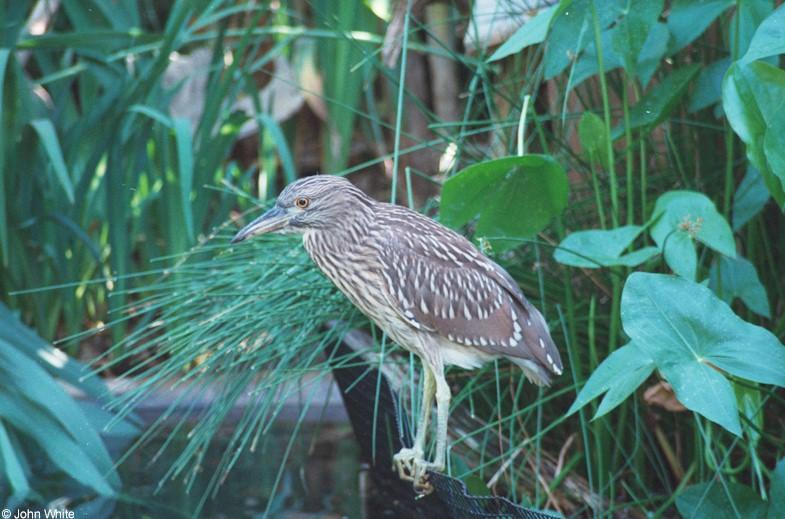| The yellow-crowned night heron (Nyctanassa violacea) is one of two species of night herons found in the Americas. It winters where the climate allows for year-round crab activity: tropical and subtropical regions, south Florida, the Gulf Coast (Louisiana to Alabama), and the eastern Texas coast. It is also found in Mexico, Central America, the Caribbean and northern South America (south to Peru and Brazil in coastal regions) where generally resident. |

